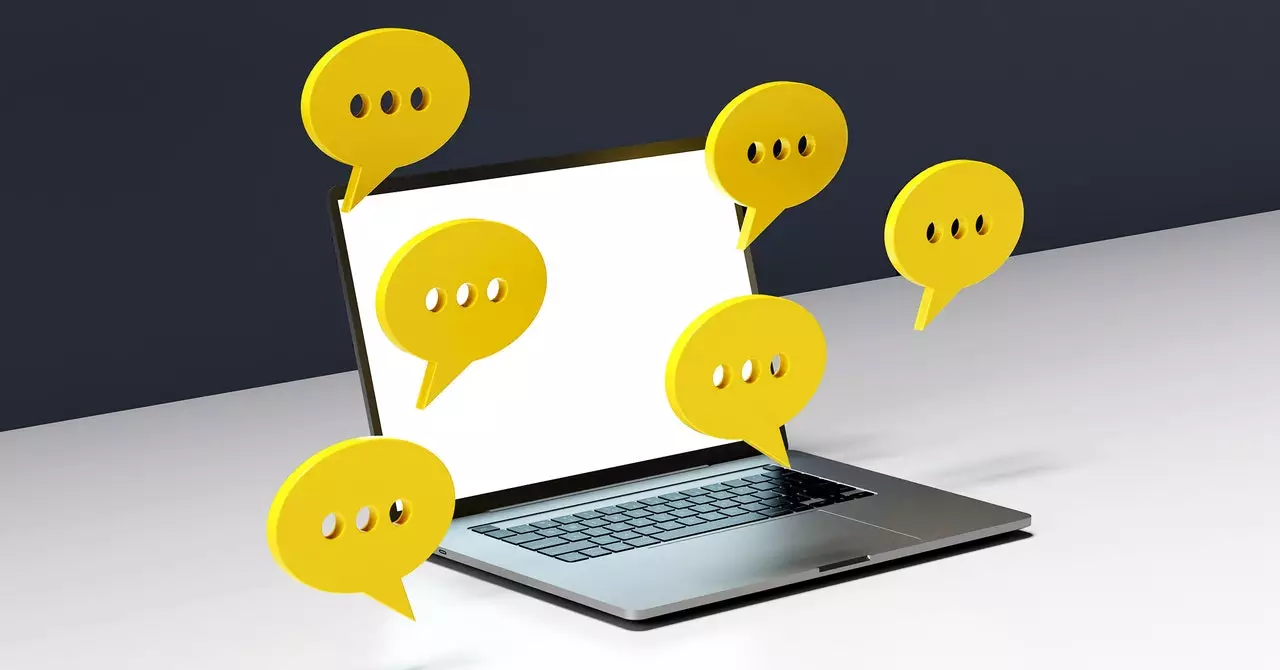OpenAI has recently unveiled its GPT Store, allowing ChatGPT Plus subscribers to share their custom chatbots with others. Although reminiscent of smartphone app marketplaces, the GPT Store is currently more akin to a comprehensive directory of modified ChatGPTs. Limited to the GPT-4 model and web browsing functionality, only those subscribed to ChatGPT Plus for $20 per month can create and utilize these unique “GPTs.” While the acronym GPT typically represents “generative pretrained transformers,” OpenAI adopts it to characterize a distinct version of ChatGPT equipped with additional parameters and supplemental training data.
To contribute your AI creation to the GPT Store, you need to develop a custom chatbot first. There is no prerequisite knowledge or obscure programming language required to begin the process. For more details on this procedure, explore my previous article on GPTs, in which I constructed a chatbot named Reece’s Replica by inputting 50 of my articles as training data. By doing so, my bot could learn to imitate my writing style and tone.
It is essential to bear in mind that any custom data you upload to the GPT Store may potentially become public. Therefore, exercise caution and refrain from uploading documents that contain sensitive information. Once you are ready to list your personalized version of the widely-used chatbot, navigate to the ChatGPT homepage. Then, select “Explore GPTs” on the left side of the screen and click on “My GPTs” at the top right. Proceed to select the GPT you wish to publish and click on the pencil icon to make edits. After verifying the output in the Preview section, save your changes by clicking on the right-corner “Save” button. Lastly, set the publication setting to “Everyone” and confirm your selection.
Getting started with the GPT Store may seem daunting, but with the following advice, you can navigate the process smoothly:
1. Refine your training data
Ensure that the training data you provide is relevant and representative of your desired outcomes. Carefully select articles, samples, or texts that align with the chatbot you wish to build. The more accurate and diverse your training data, the greater the chances of creating an effective and engaging chatbot.
2. Test the waters
Before making your GPT public, take advantage of the Preview feature to gauge its performance and output. This allows you to fine-tune any issues and ensure a satisfactory user experience.
3. Community collaboration
Engage with other ChatGPT Plus subscribers by exploring their GPTs. This collaboration can foster inspiration, ideas, and even collaborations to enhance the capabilities of your own chatbot. Embracing the community aspect of the GPT Store can lead to groundbreaking advancements in AI development.
4. Iterate and improve
Creating a successful chatbot is an iterative process. Continuously gather user feedback, analyze user interactions, and iterate on your chatbot’s responses to enhance its performance. This ongoing improvement cycle will result in a more refined and effective chatbot over time.
OpenAI’s GPT Store presents a remarkable opportunity for ChatGPT Plus subscribers to share their custom chatbots with a wider audience. By following the steps outlined above and utilizing the tips provided, you can successfully contribute your AI creation to this burgeoning marketplace. Embrace the endless possibilities of the GPT Store and pave the way for the future of AI-powered chatbots.


Leave a Reply